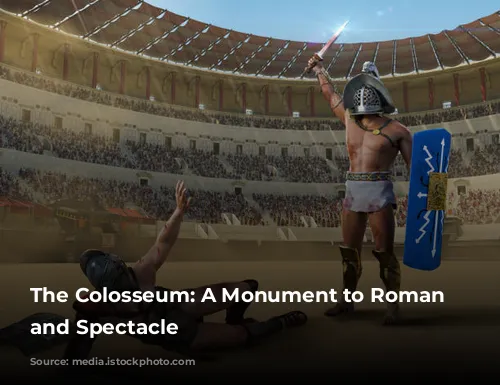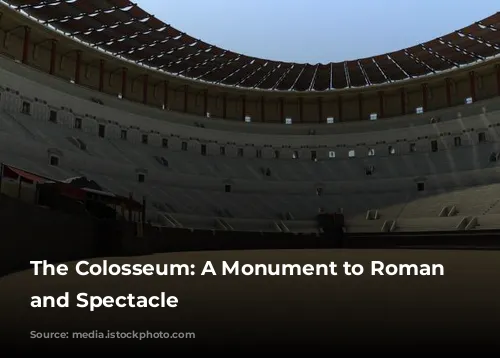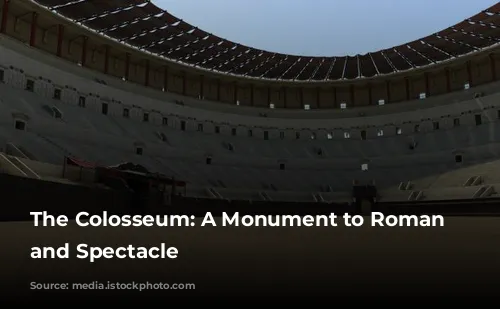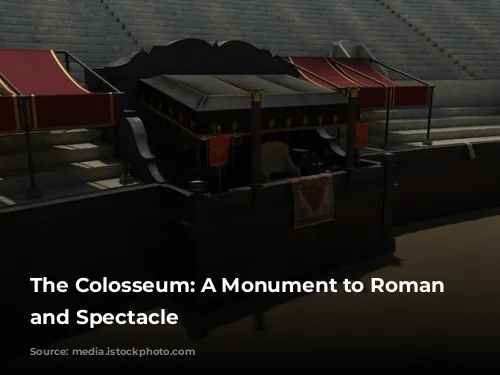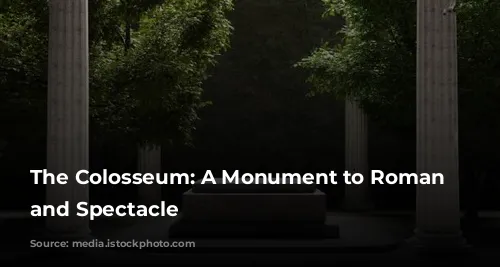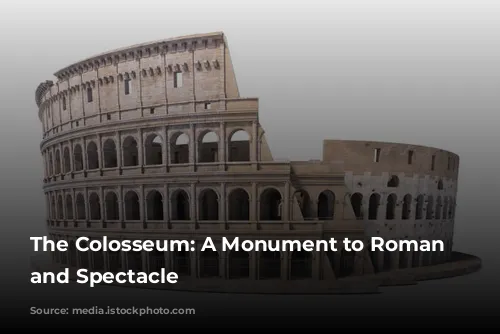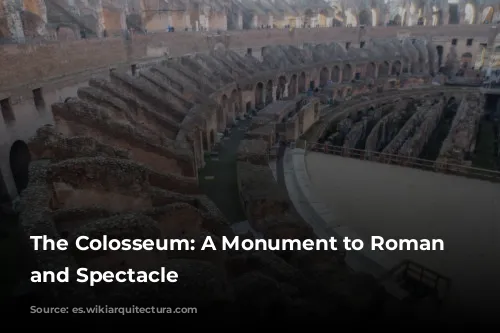The Colosseum, once known as the Flavian Amphitheater, stands as a majestic testament to the grandeur and might of the Roman Empire. Located in the heart of Rome, this colossal structure was a place of entertainment and spectacle for the masses. Imagine a throng of 50,000 spectators packed into eighty tiers of seating, their eyes fixed on the action unfolding in the arena below. The Emperor and the Senate occupied the privileged front rows, while the commoners filled the higher tiers, creating a vibrant tapestry of Roman society.
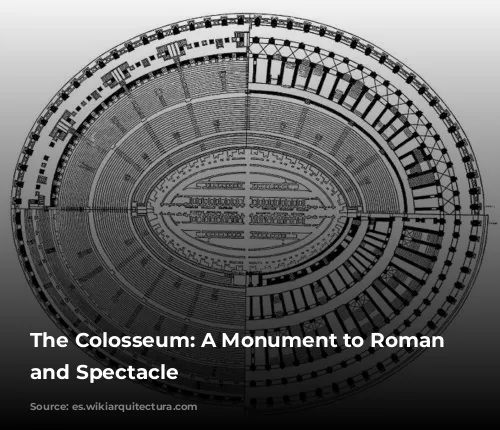
From Gladiator Fights to Public Events
The Colosseum witnessed a kaleidoscope of events, from thrilling gladiator battles to public executions. The roar of the crowd echoed through the vast amphitheater as gladiators clashed in a dance of skill and brutality. Exotic animals, brought from the furthest corners of the Empire, were pitted against each other or against human opponents in a display of savage power. The Colosseum also hosted grand spectacles like mock naval battles, where the arena floor was flooded with water, and elaborate re-enactments of famous battles from Roman history.
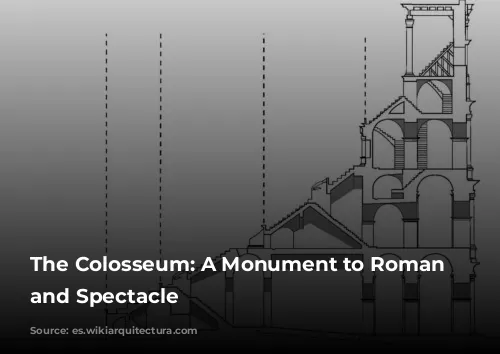
A Legacy of Re-use
The Colosseum’s legacy extended far beyond its initial purpose. Over the centuries, this once-glorious arena found new uses. It served as a refuge for the poor, a factory, a home for a religious order, a quarry for building materials, and even a Christian shrine. This remarkable adaptability speaks to the enduring presence of the Colosseum in the Roman landscape.
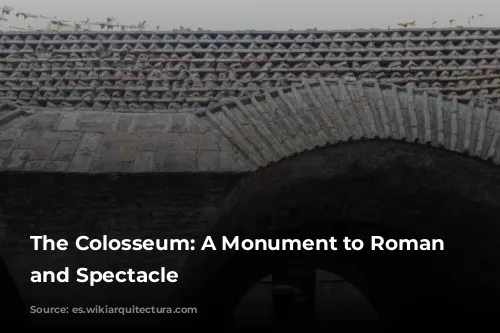
A Masterpiece of Architecture and Engineering
The Colosseum’s breathtaking scale is a testament to the Romans’ architectural prowess. This oval structure, measuring 189 meters long, 156 meters wide, and 48 meters high, was an engineering marvel. The arena itself was a sophisticated stage made of wood and covered with sand, supported by an intricate network of tunnels and dungeons below. This underground complex served as a holding area for gladiators, animals, and even elaborate props used during the shows.
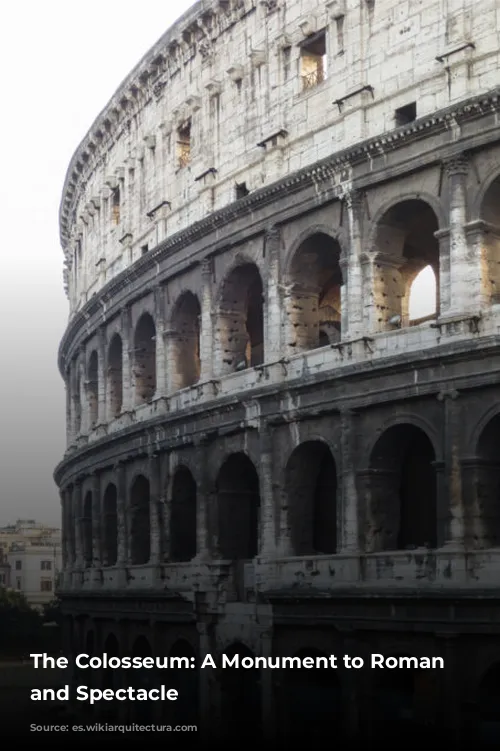
A Social Microcosm
The Colosseum’s seating arrangement reflected the rigid social hierarchy of Roman society. The privileged few, including senators, judges, priests, and even Vestal Virgins, occupied the prime seats at the podium level. The commoners were seated higher, with different tiers reserved for various social classes. The highest tier, made of wood, was likely reserved for women.
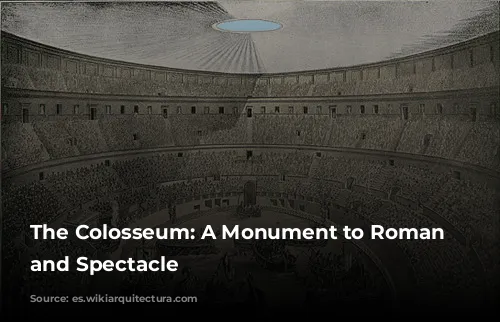
A Symphony of Design
The Colosseum’s facade is a masterpiece of design with four distinct orders, each showcasing a different architectural style. The lower three levels feature a series of arches supported by pilasters, while the top level is a blind wall with pilasters and windows. The orders progress from the simple Tuscan style to the more ornate Corinthian and Composite styles, creating a visual feast for the eye.
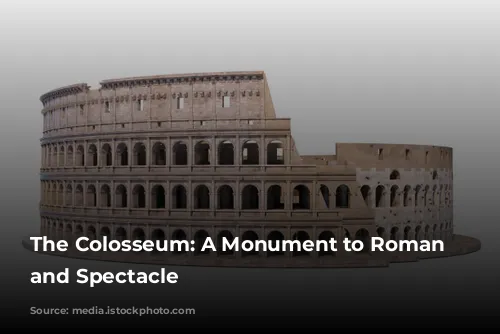
A Showcase of Power
The Colosseum was more than just an arena; it was a symbol of Roman power and dominance. The spectacles held within its walls served to reinforce the Empire’s might and unity. The vast crowds that flocked to the Colosseum witnessed a microcosm of the Empire, with gladiators from far-flung provinces and exotic animals from distant lands. The Colosseum provided a sense of shared identity and belonging for the citizens of Rome, reminding them of the glory and strength of their Empire.
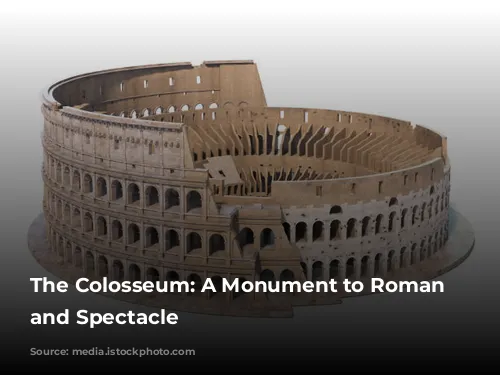
An Enduring Legacy
The Colosseum stands as a powerful reminder of the past grandeur of the Roman Empire. It is a testament to the Romans’ architectural genius, their love of spectacle, and their masterful control over the lives of their people. Despite the passage of time, the Colosseum continues to captivate and inspire visitors from around the world, offering a glimpse into the fascinating world of ancient Rome.
